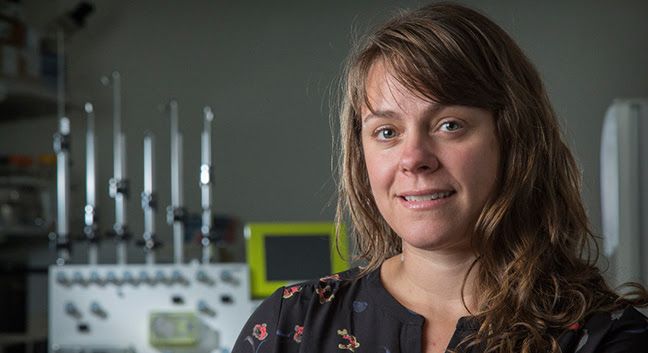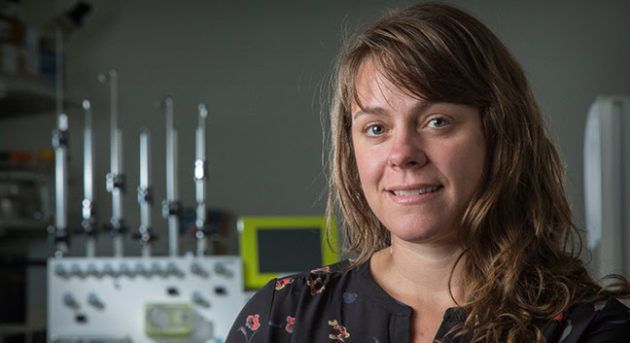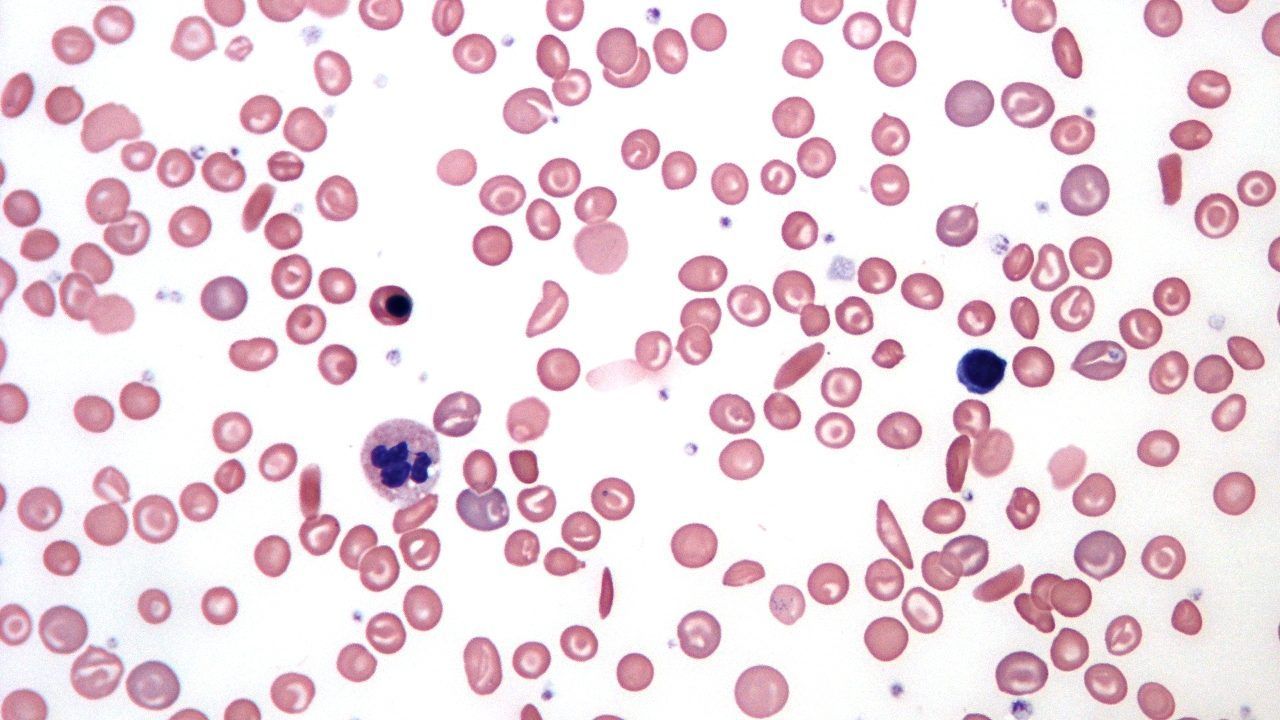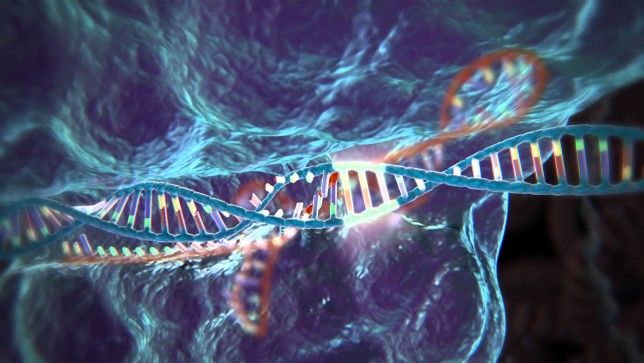Oct 24, 2016
Newly-developed ‘gene therapy in a box’ could save millions of lives
Posted by Steve Hill in categories: biotech/medical, genetics
Gene therapy in a box could reduce costs and save lives.
Gene therapy — the process of genetically altering cells to treat disease — is a highly promising process being studied as a way to cure devastating conditions like genetic disorders, HIV, and even cancer.
But despite the great need for medical advances in these areas, gene therapy can only be performed at a handful of high-tech clinics around the world and require highly trained staff, meaning that it may never be accessible to the millions of people whose lives it could save.
Continue reading “Newly-developed ‘gene therapy in a box’ could save millions of lives” »

 Gene therapy — the process of genetically altering cells to treat disease — is a highly promising process being studied as a way to cure devastating conditions like genetic disorders, HIV, and even cancer.
Gene therapy — the process of genetically altering cells to treat disease — is a highly promising process being studied as a way to cure devastating conditions like genetic disorders, HIV, and even cancer.

















